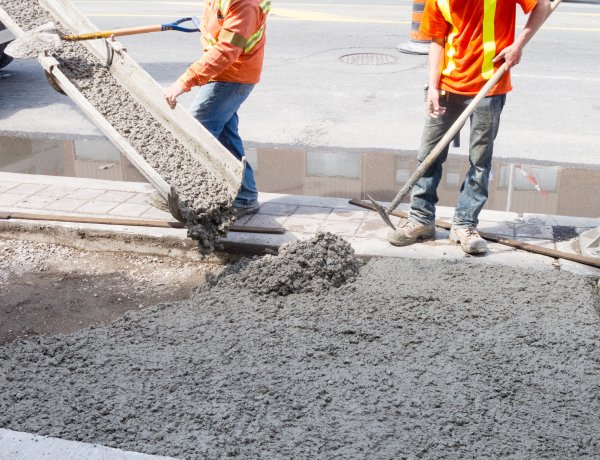
At an annual world production of 33 billion tons, Portland cement concrete is the world’s largest human-made material. It is used in every significant structure (buildings, homes, highways, bridges, power plants, wind turbines, water and wastewater structures, etc.) and in every country on the planet. Due to its versatility, low cost, large volume, and very broad implementation, concrete is practically irreplaceable. Unfortunately, and similar to many mainstream materials, concrete has a CO2 problem as its main ingredient, Portland cement (PC), is responsible for up to 10% of global anthropogenic CO2 emissions. Cement decarbonization has and continues to remain a major challenge. While carbon capture, storage, or use (CCSU) is a promising long-term solution for developed countries, other low-cost, impactful, and easily implementable solutions are needed to immediately lower the CO2 footprint of concrete worldwide.
The proposed research intends to reduce reliance on Portland cement by developing novel ternary (3-part) cements that are a blend of less than 50wt% with two abundant/ recycled materials such as harvested landfilled coal ash, impure mixed clays, stone quarry byproducts, and pulverized limestone. For the first time, the project will utilize artificial intelligence (IA) and machine learning (ML) to identify optimum cement formulations based on the composition and reactivity of the ingredients. The projected outcome is reducing the CO2 footprint of the cement by >30% while meeting concrete’s performance targets of mechanical properties and durability.
Researchers
Ismaila Dabo




